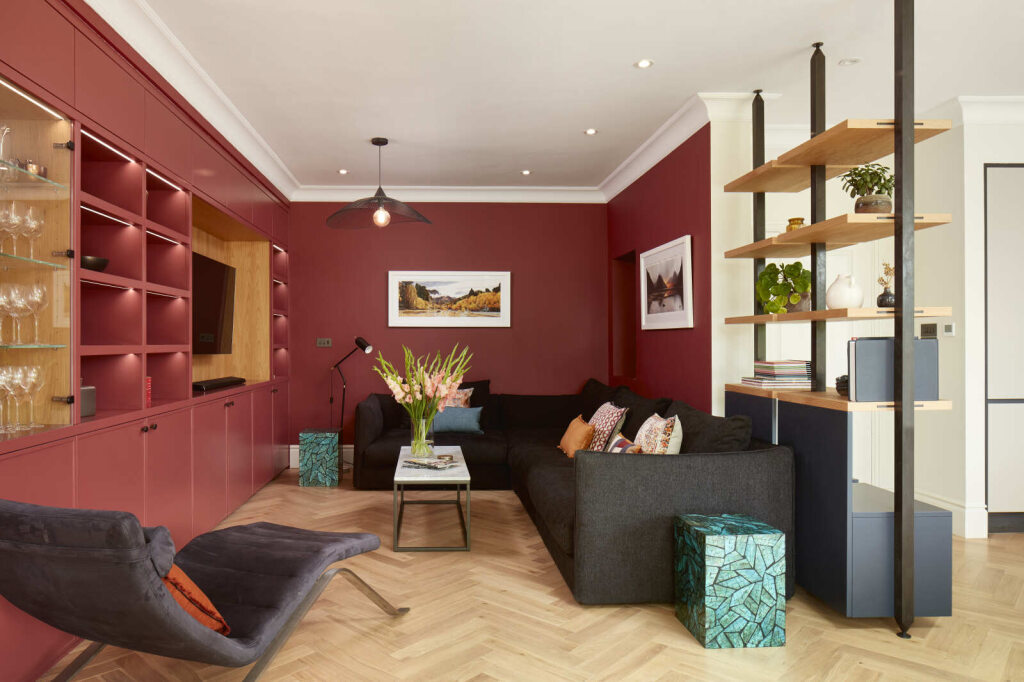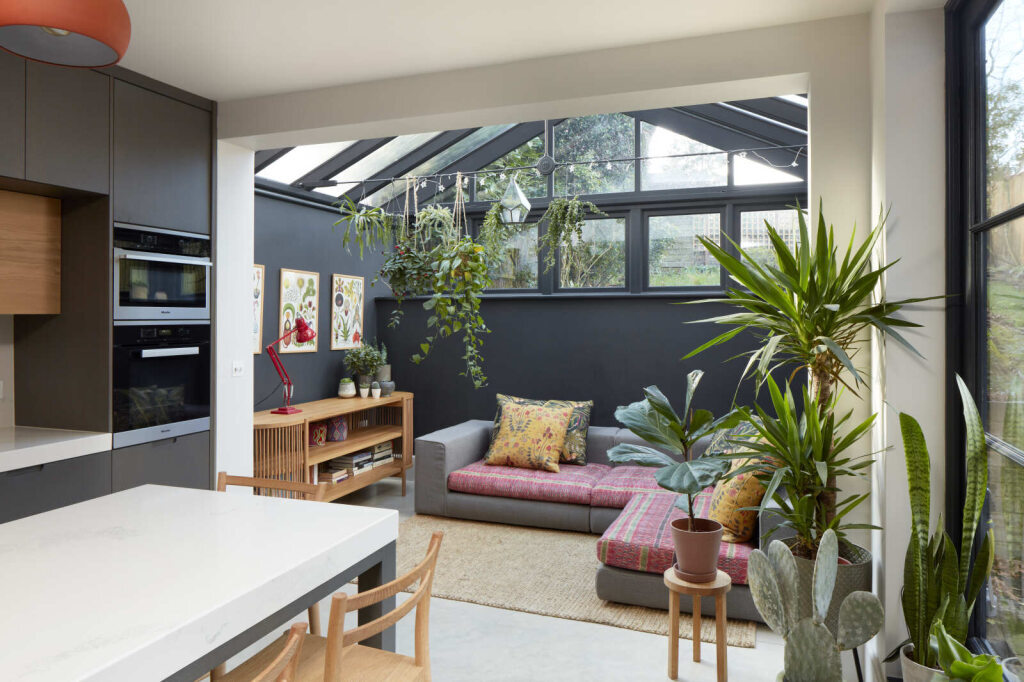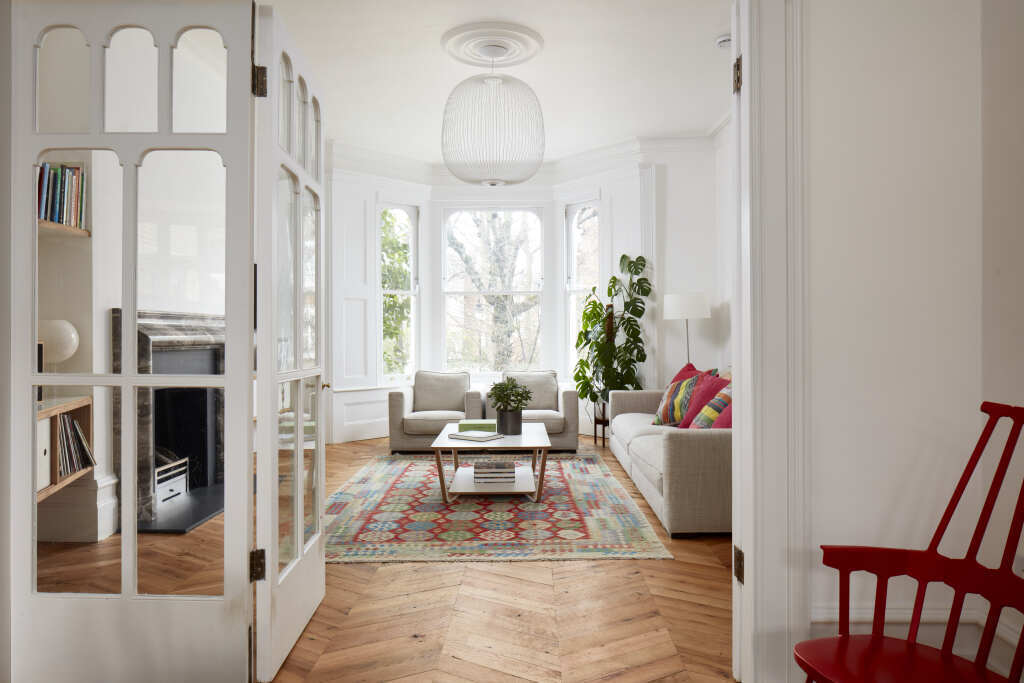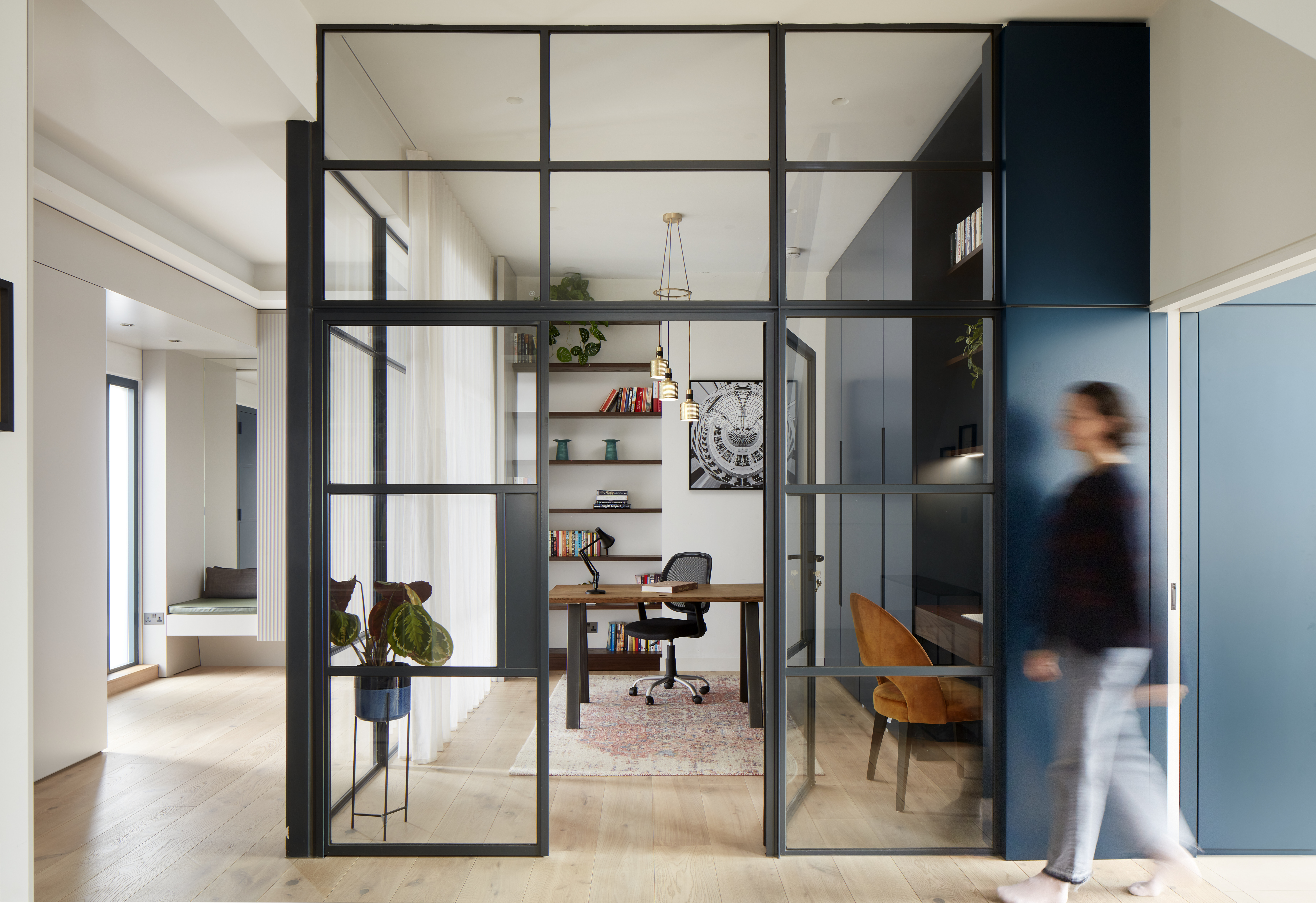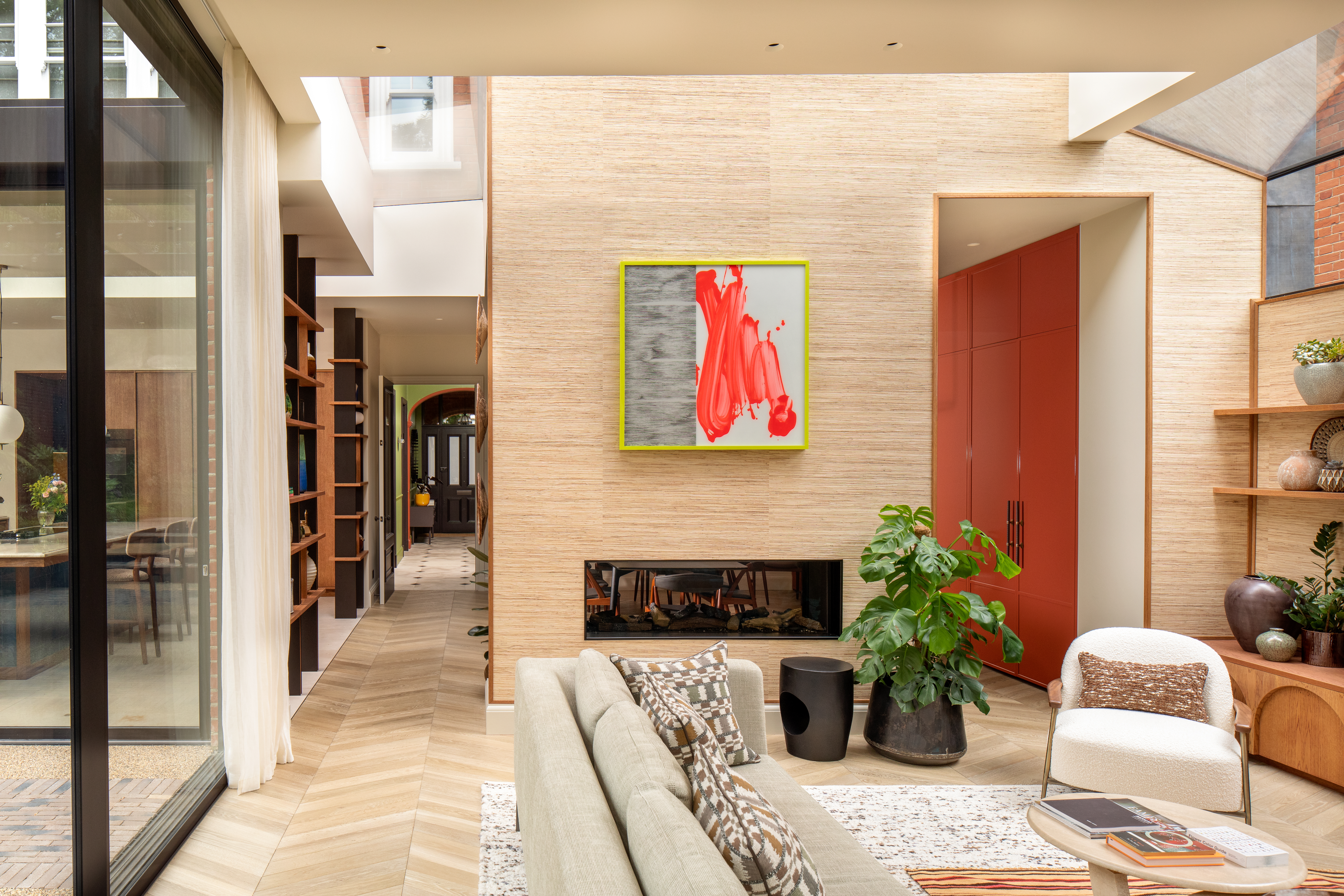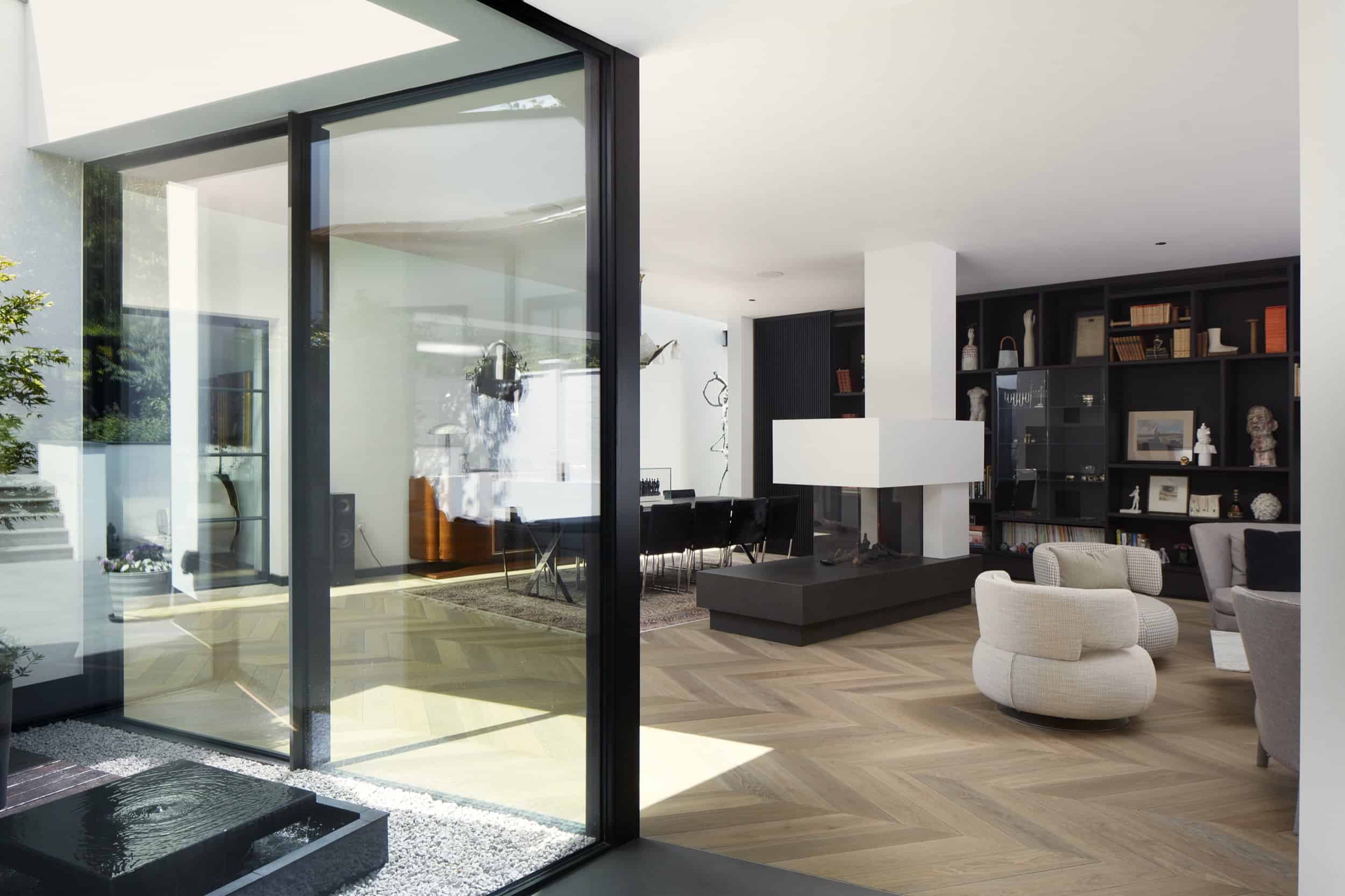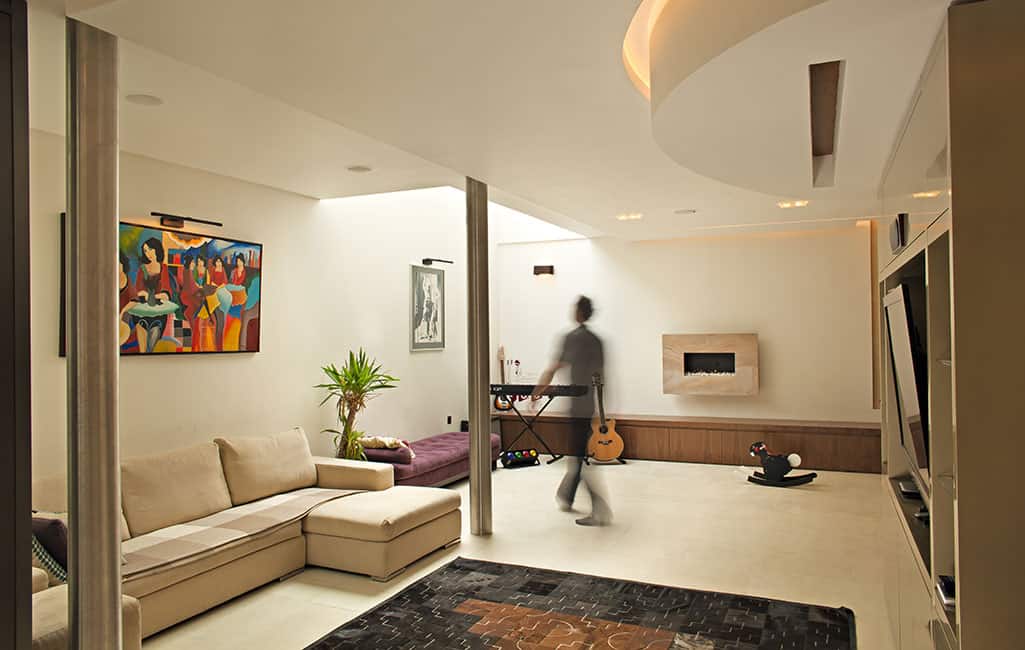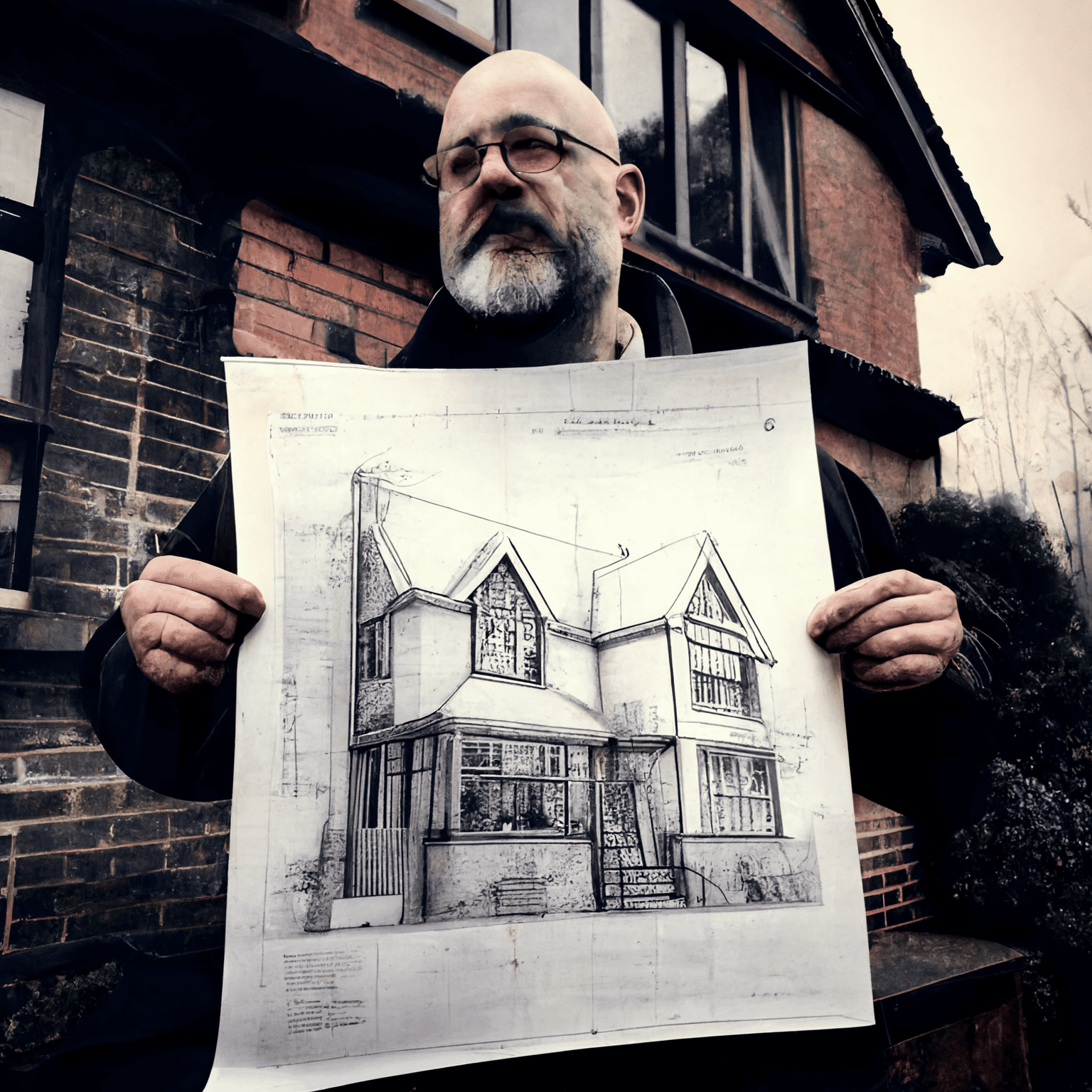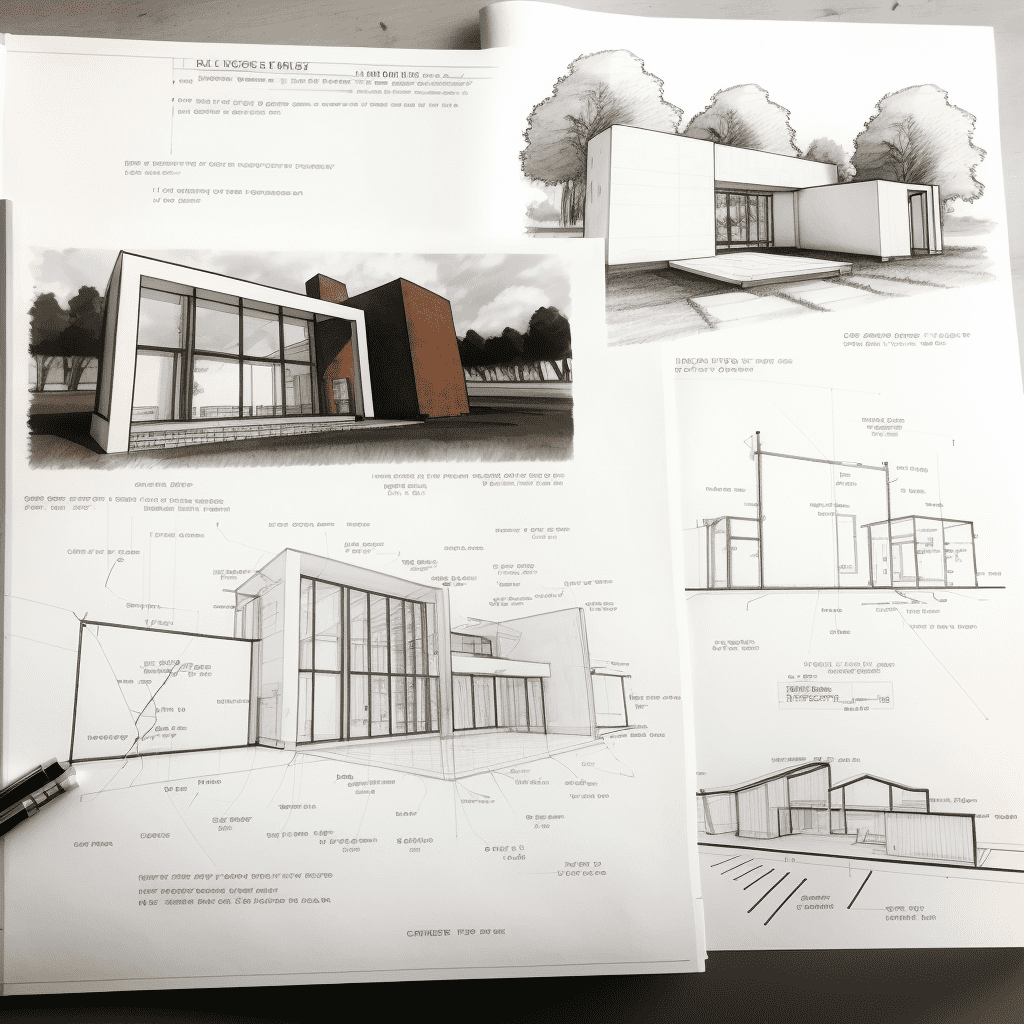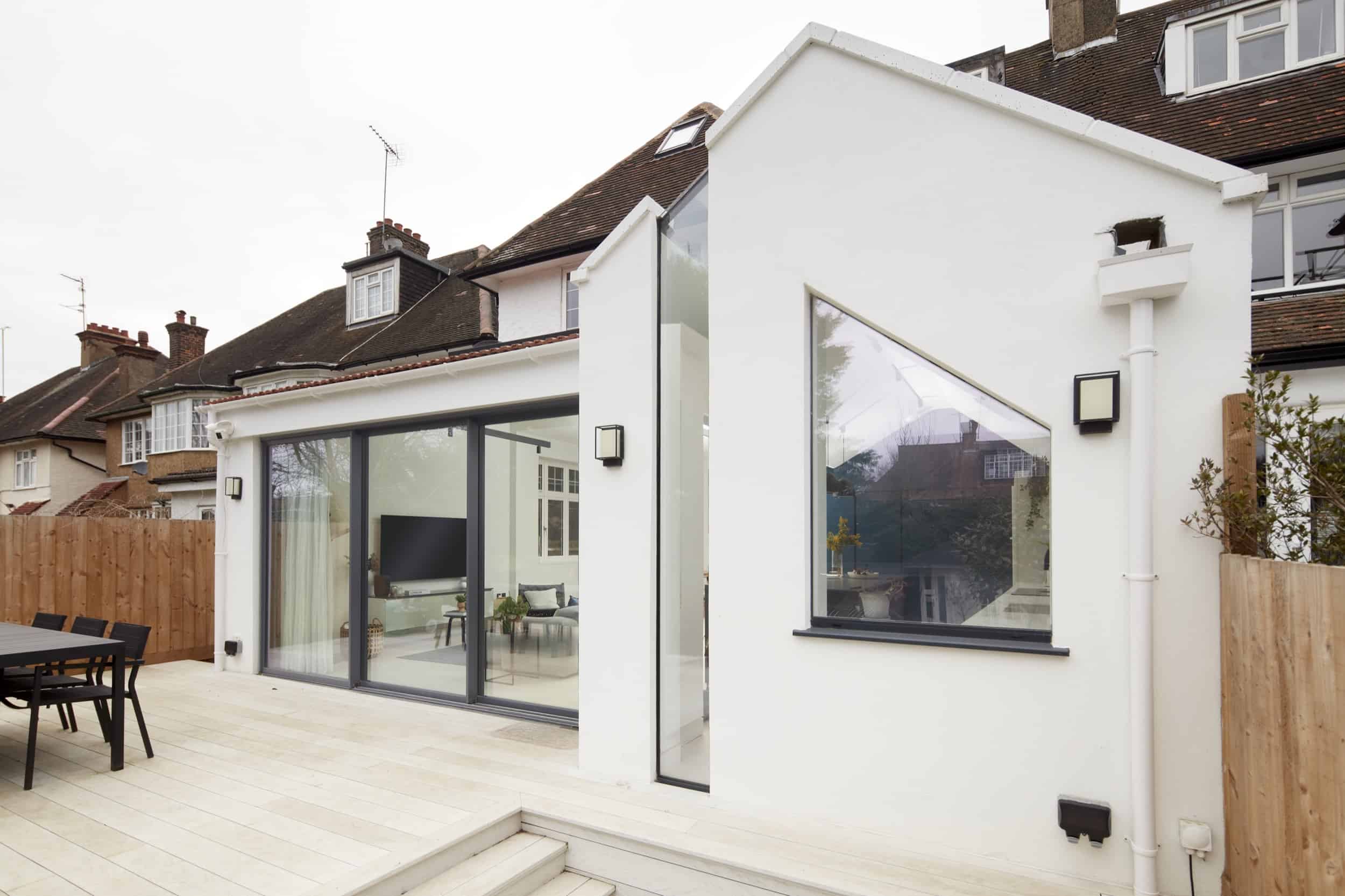Building a greener future: The importance of sustainable architecture
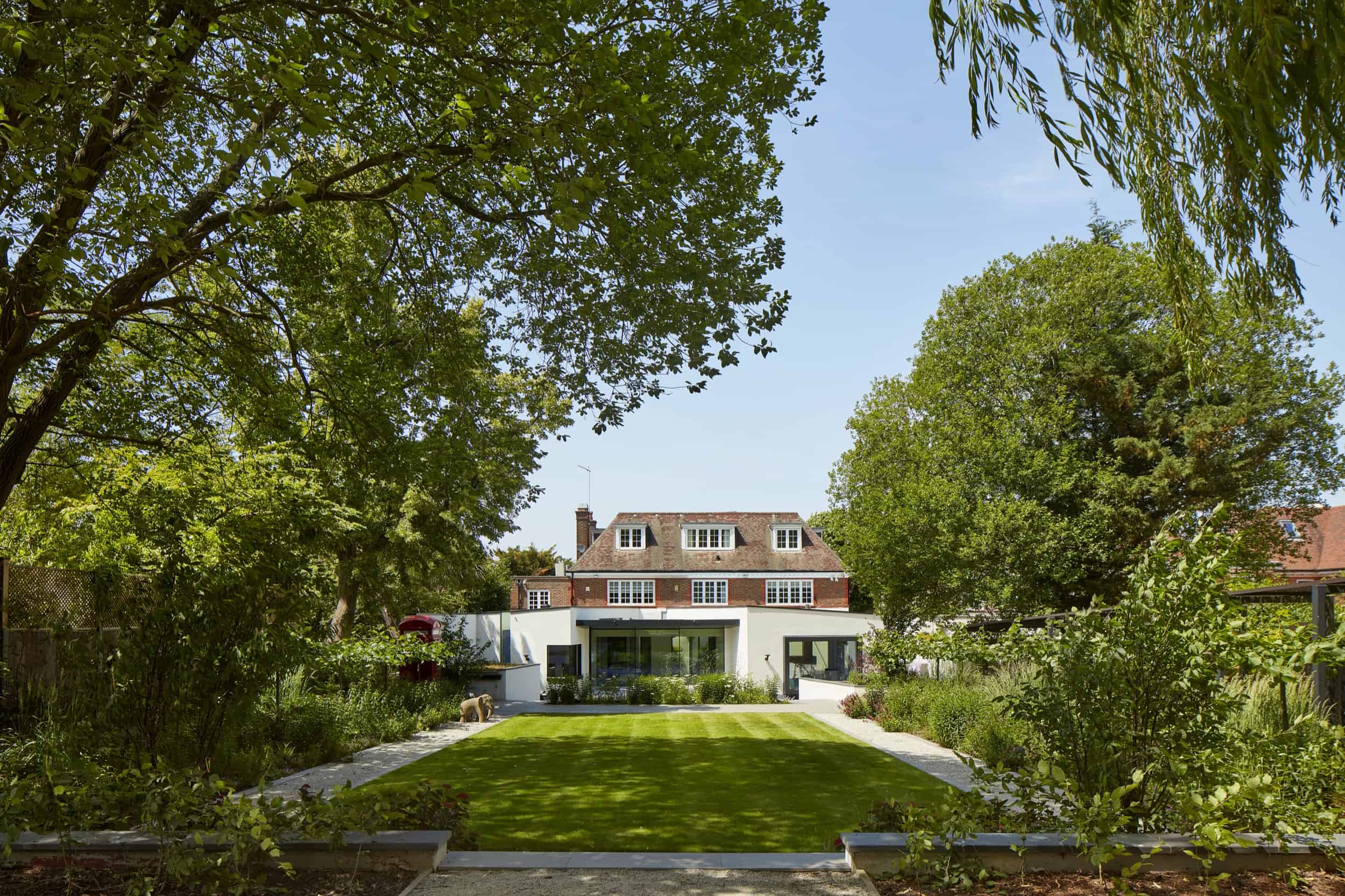
Otherwise known as green architecture, sustainable architecture has moved far beyond being just a trend. The urgency to minimise our environmental impact is clear, with sustainable buildings forging a pathway to more resource-efficient urban environments.
We’ll explore what it really means to champion sustainable architecture, with key pointers on how neuroarchitecture principles can further enhance the sustainable, livable nature of these buildings.
What is sustainable architecture?
In simple terms, sustainable architecture is the practice of designing and constructing buildings that are resource-efficient and environmentally sound. These qualities must be present throughout their entire lifecycle, spanning design, construction, operation, maintenance and any future renovations.
The primary goal of sustainable architecture is to provide an alternative to the negative impact of less eco-friendly buildings. This not only includes benefits for our planet, but also takes into account human health and overall quality of life for people residing in these spaces.
Sustainable architecture in practice
The concept of sustainable architecture covers a wide range of practices and methods, each focusing on specific eco-friendly goals. These can include reducing waste and pollution, saving water, energy efficiency, and creating healthier indoor settings.
Here at XUL, we heavily prioritise the neuroarchitecture principle of how a space ‘flows’ – and this doesn’t stop at how a building looks. Sustainable architecture forms a huge part of the flow and perception of space, rooted in the understanding that buildings aren’t isolated entities.
Key principles of sustainable architecture include:
Energy efficiency
In terms of design, energy efficiency can cover building orientation, ventilation and thermal mass, to reduce the need for artificial heating, cooling and light sources. Energy efficient principles must also take renewable energy into account, with solar panels being a popular choice for many modern-day homes incorporating sustainable architecture.
Sustainable materials
Sustainable architecture should incorporate materials that are recycled, renewable or sustainably sourced to reduce their overall environmental impact. Materials with low volatile organic (VOC) emissions also fall under this category, as they can deliver an improvement in indoor air quality.
Waste reduction
Waste reduction policies should be administered throughout all sustainable architecture processes – including construction. Strategies that minimise waste and prioritise recycling should be implemented throughout, with potential disassembly also considered.
If a building is to be demolished and rebuilt at any time in the future, designing with sustainable deconstruction in mind is crucial to implement sustainable architecture throughout a building’s lifecycle.
Location
As mentioned, sustainable architecture involves more than building aesthetics. Location efficiency is a huge component, with access to public transport and local amenities helping reduce the need for car travel. Sustainable architecture must also take into account the ecological impact of buildings, with the aim of minimising the impact on local ecosystems and preserving natural habitats.
Biophilic design
Integrating natural elements into buildings significantly contributes to sustainable architecture. This particular approach is based on the concept that humans are innately drawn to nature, with exposure to nature providing significant health and wellbeing benefits – as well as helping maximise elements such as natural light, reducing the need for energy-sapping artificial sources.
As a result, biophilic design not only enhances the aesthetic quality of buildings, but enhances sustainability by improving energy efficiency (through natural lighting and ventilation) and promoting the use of sustainable materials.
The role of neuroarchitecture in sustainable design
At XUL, neuroarchitecture forms a huge part of what we do. Blending science with architecture to create spaces that positively impact wellbeing, we prioritise the impact that built environments can have on cognitive functions.
As a result, neuroarchitecture involves designing buildings that support mental health and productivity, while enhancing sustainability in the process. Key neuroarchitecture principles that align with sustainable architecture include:
Environmental stimuli: Designing spaces that provide the right balance of sensory stimuli to avoid overstimulation or under-stimulation, which can affect mental health and productivity.
Spatial configuration: Creating layouts that optimise the ‘flow’ of a particular space, aligning with its specific function. Whether promoting entertaining and social interaction or quieter time, the right configuration of space can enhance wellbeing and reduce stress.
Acoustics: Incorporating sound-absorbing materials and design strategies can significantly reduce noise pollution, which can improve concentration.
Neuroarchitecture and sustainable architecture share the common goal of creating environments that support human health and wellbeing. In turn, this significantly increases the livability of a building, which is a huge part of sustainable design.
By integrating principles from both fields, architects can design buildings that are not only environmentally sustainable, but also enhance the mental and physical health of their occupants.
Final thoughts
Sustainable architecture is a critical component of addressing the environmental challenges of our time. By adhering to key principles such as energy efficiency, water conservation, material sustainability, and biophilic design, architects can create buildings that minimise environmental impact while promoting human well-being.
Integrating neuroarchitecture principles further boosts these efforts, ensuring that built environments support wellbeing and cognitive function. As we look to the future, the synergy between sustainable architecture and neuroarchitecture holds great promise for creating a greener, healthier future.


